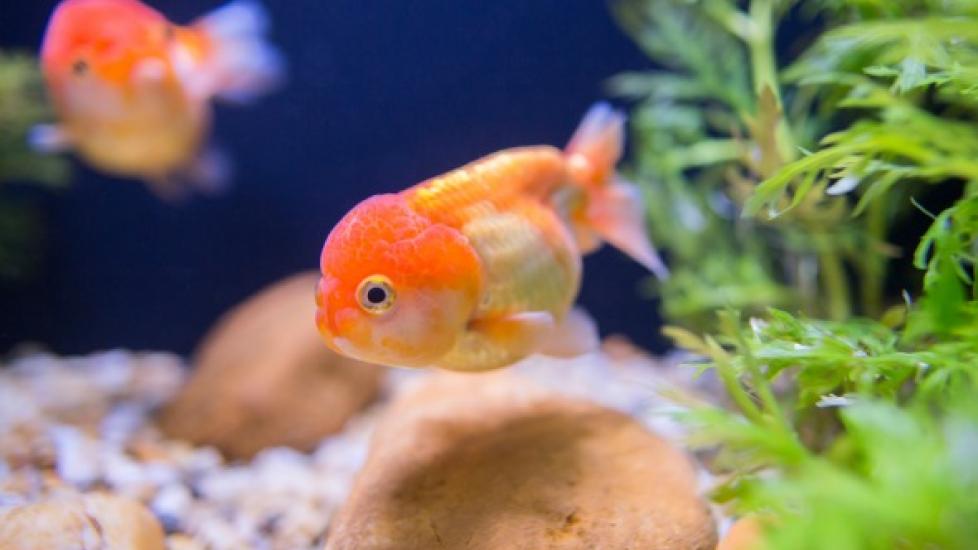The Cardiovascular System in Fish
A fish’s cardiovascular system comprises of two main parts: the heart and the system of pipes (veins, arteries and capillaries) that carry blood throughout the body. Every organ and cell in the fish’s body is connected to this system, which serves a wide variety of purposes.
Fish do not have a very powerful heart. It’s a simple, four-chambered pump with two valves that circulates blood slowly throughout the body, which in turn slows the movement of oxygen and food in the body. In fact, the fish’s extremities operate so inefficiently that there’s frequently a buildup of waste in the tissues.
If more blood or faster circulation is needed in response to environmental changes, the endocrine system releases hormones that stimulate the heart and tell it to beat faster. The smaller arteries can also dilate to reduce resistance and improve circulation.
Fish blood is complex, as in all living things. Thirty to fifty percent is made up of red and white blood cells -- the reds carry oxygen while the whites are part of the immune system. The rest of the blood consists of plasma, which is a mixture of water, salts, and whatever matter the blood is carrying (such as glucose for energy or waste from around the body being collected for disposal).
